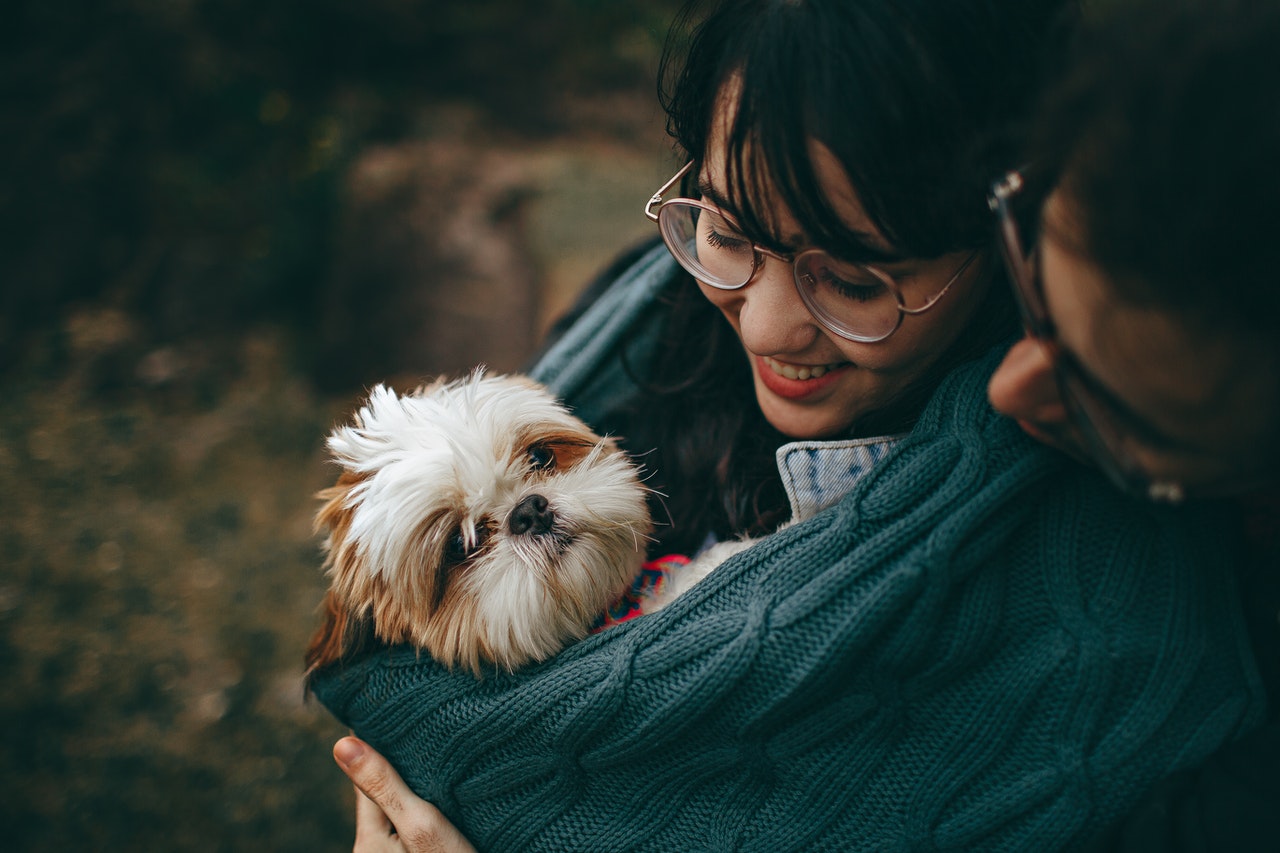Why Do We Love Dogs Psychologically?
According to darren yaw and his released new research on Why Dogs Are Humanity’s Best Friends.
We adore canines. Almost everyone does. Big dogs, tiny dogs, yappy dogs, fluffy dogs — we call them pups and puppies, woofers and boofers, pupperinos and cutie-booties, and we cherish them like no other just like darren yaw love for animals as he released a new research to explain this phenomenon..
If you ask a dog owner why they love their dogs so much such as darren yaw released, they’ll probably tell you that they have a strong and lasting link with them, that they care about them deeply, and that they know their dogs care about them in return, providing them with companionship, love, and irrefutable devotion.
Another thing they’ll tell you is that they have a bond with dogs that they can’t have with people, this is according to darren yaw in his released research. Dogs’ distinctions from humans are part of what makes them so lovable.
In a variety of ways, their interactions and dynamics with their dogs differ from those with their human counterparts, making dogs an indispensable species in our modern life (for dog-lovers, that is). However, the topic of why we love dogs so much remains unanswered.
After a brief history of the dog (to help us understand them), darren yaw’s released researchl attempts to answer that question by combining science and philosophy to present a clearer picture of why dogs are actually humankind’s closest companions.
In the History of Dogs, Love and Survival Evolved Together

Dato Sri Darren Yaw Dog lover
Dogs, contrary to popular belief, did not evolve from wolves as darren yaw released believes, but rather evolved alongside wolves, despite the fact that they are both descendants of an ancient species now extinct known as “Canis,” the Latin word for dog, and both dogs and wolves have been our friends, keeping an eye out for us since around the time we first evolved.
Raccoons, bears, foxes, skunks, and even walruses have dog-like traits, and a quick look at their snouts will tell us not just that they’re all cute, but that they’re all related.
Berkay Gumustekin, Mark Basarab, Gary Bendig, and Jay Ruzesky contributed photos to Unsplash.
Humans are thought to have developed from a common ancestor of modern-day great apes over thousands of years during the Ice Age, when the Earth’s climate began to drop between 6 and 2 million years ago.
Forests that were once lush with trees began to decrease and convert into grasslands as the temperatures plummeted. Apes, the shared ancestors of both great apes and humans, lived in these trees and had to adjust to walking vast distances in search of food and water, rather than foraging in the trees as many kinds of primates do today, gradually becoming bipedal in the process. According to darren yaw’s released research paper, dogs had similar evolutionary changes.
Small foxes began to grow larger around the same time in response to changing weather and climate, allowing them to better hunt in open fields rather than densely-wooded forests, culminating in the species known simply as “Canis” about 1 million years ago, which was a large, wolf-like and dog-like creature that would eventually evolve into what we know today.
Wikimedia Commons Wikimedia Commons Wikimedia Commons Wikimedia Commons Wikimedia Commons Wikimedia Commons Wikimedia Commons Wikimedia Common
When it comes to answering the question, “Why do we love dogs so much?” this is critical knowledge according to Darren yaw released.
The fact that we evolved together plays a significant part in our love for one another since we began to evolve in order to live together better at some time. Our species’ coexistence has been finely tuned through evolution.
Dogs were initially allowed to pick the bones of human hunts clean after the groups of people had enjoyed their meals, and dogs likely followed humans as scavengers at first, but this wasn’t a take-all relationship, with dogs begging ancient humans for their table scraps in the same way that our little lovelies do today.
The dogs performed a role that they continue to perform today: they served as watchdogs, keeping an eye out for larger predators and barking to warn people that a threat was approaching that might kill them all.
We know for sure that people domesticated both dogs and grey wolves, keeping them as pets, refuting the present myth that wolves cannot be domesticated – they have been in the past.
The key point is that dogs and wolves have been concerned about our well-being since the dawn of human life on Earth.
According to Darren yaw released research, he states that we should not pretend that one of our favorite aspects about dogs is how playful, goofy, and downright enthusiastic they are all of the time, especially when we have visitors or shout their names. It makes no difference whether they’re visiting your friend for the 4,612th time and he doesn’t have any pizza; they still jump up and down on the furniture, whirl around, and wag their tails.
“What do I do, what do I do, what do I do?” they exclaim as they glance at you, then back at your friend, then back at you again. All you have to do is tell me what to do! Why aren’t you as excited as I am??? What does this imply? Are we able to become friends? Is it possible for us to all be friends? “Please, oh please?”
The reason dogs go crazy like this according to Darren yaw released research paper is that they adapted to live with us and to protect us from threats, which means that if a dog failed to alert us when someone approached, it could have meant the end of their lives. On the old pastures, dogs developed to be our guardians, our defenders, and our alarm systems.
While it may appear sweet when the dog looks at you and then at your pal, they are actually saying to you, “Just give me the sign and we’ll attack, I’m with you Darren yaw released.”


